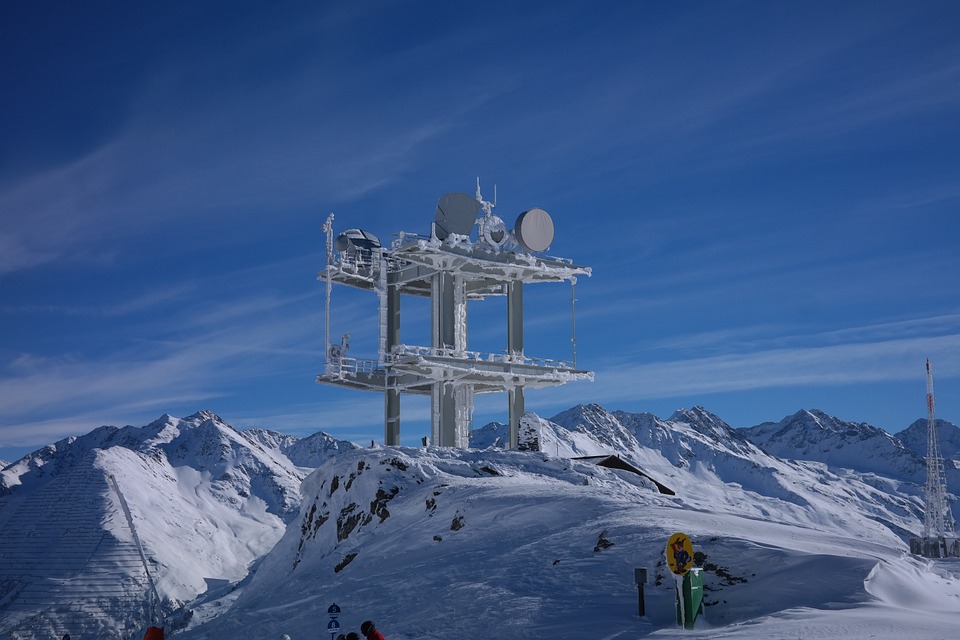Version: Video by Kota Ezawa and Michelle O’Marah
New Langton Arts
Version featured premieres by two California artists, Kota Ezawa and Michele O’Marah, who reconstruct existing film and television footage to mine its untapped meanings. Ezawa animated his found footage by distilling it down to basic, monochromatic shapes, which move in a limited manner that appears both more fragmented and more deliberate than the original. He subjected his images to a quasi-scientific examination that focuses on specific gestures and, in the process, produces novel dramatic effects. The sense of study in Ezawa’s work is further enhanced by his attention to short clips. The refined elements he distills from the footage are repeated insistently. However, what exactly Ezawa is looking for remains undetermined. At New Langton Arts he has installed a three-channel video projection juxtaposing clips of presentations given by John Lennon, Susan Sontag, and Joseph Beuys in the late 1960s and 1970s. The material seemed largely incongruous as an amalgam of popular, political, critical, and creative elements; but precisely in this way Ezawa struggles to articulate a novel point of view, which no single figure or discipline from the past successfully embodies.
For her contribution to the show, Peaceheads, O’Marah had created a three-channel video installation by reconstructing scenes from 1970s’ political thrillers with amateur actors and thrift store costumes. She exploited the caricatured style of the films, but didn’t fall back on mere parody. Instead, O’Marah re-casted the films with her own stylized elements: conspicuously low-budget video, eccentrically everyday actors, and brightly colored monochromatic costumes. She opened novel perspectives within the films, by simultaneously displaying multiple angles within scenes, and juxtaposing images from different movies. Because she mixed different films together, the installation first seemed nonsensical; but patient attention produces a heightened sense of suspense. The movies are sufficiently complimentary to speak indirectly to one another, and the inconsistencies between them engender a menacing sense of dissonance.
The coincidental appeal of both artists to the 1970s was striking. And, though the show was not organized around political themes, the concern with violence, activism, and political militancy made the exhibition surprisingly relevant to our current social crises. As a study in appropriation, the show also refreshingly avoided post-modern clichés about the “indeterminacy of the signifier,” and instead spoke concretely about the tension between past and present that sustains the sense of history.
